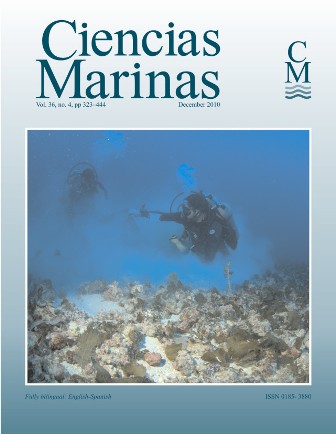Two-dimensional modeling of hydrodynamics and sediment transport in the San Pedro tidal creek (Cadiz Bay): Morphodynamical implications
Main Article Content
Abstract
A two-dimensional, nonlinear, finite-difference, hydrodynamic/suspended-sediment transport coupled model was applied to the San Pedro tidal creek (Cadiz Bay, Spain) to study the characteristics of the principal tidal constituents (M2, S2, K1, and O1) and sediment transport. Results show a clear predominance of the semidiurnal tide, with more than 95% of the system’s total energy and related currents up to 1 m s–1 in some areas. Current velocity asymmetries, related to nonlinear interaction effects, are mainly flood-directed all along the creek except at the mouth, where they are influenced by morpho-bathymetric characteristics. In these areas, the local asymmetries are clearly correlated to the net transport of sediment through the creek’s course, which suggests the absence of morphodynamical balance in the present creek’s evolution after human interventions that have modified its natural configuration. Key words: San Pedro creek, numerical model, tidal hydrodynamics, sediment transport.
Downloads
Article Details
This is an open access article distributed under a Creative Commons Attribution 4.0 License, which allows you to share and adapt the work, as long as you give appropriate credit to the original author(s) and the source, provide a link to the Creative Commons license, and indicate if changes were made. Figures, tables and other elements in the article are included in the article’s CC BY 4.0 license, unless otherwise indicated. The journal title is protected by copyrights and not subject to this license. Full license deed can be viewed here.

